Recent Articles
Popular Makes
Body Types
How to Improve the Fuel Economy of Your Current Car
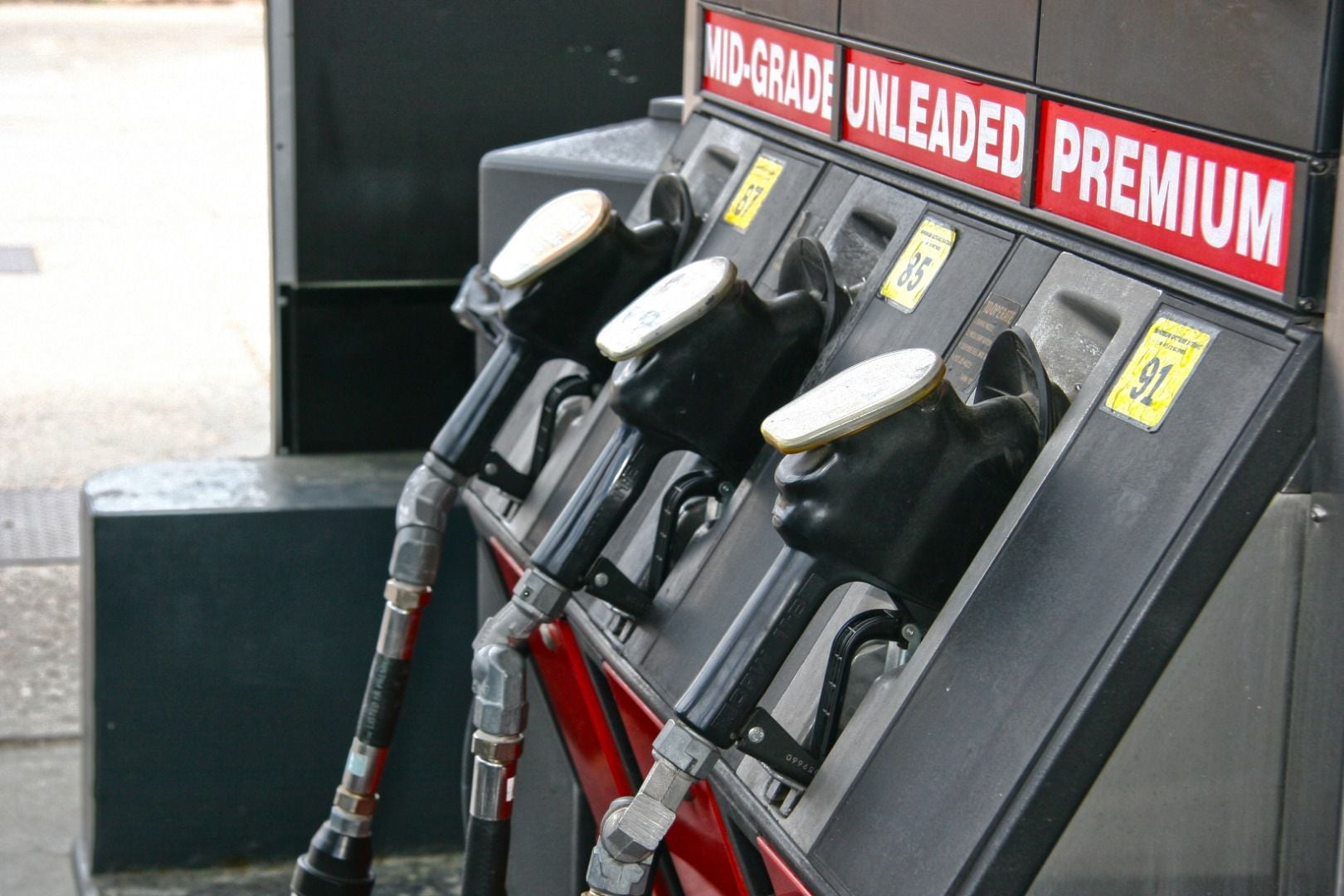
Wear a mask and gloves when refueling during Covid-19 times ・ Photo by PondShots - stock.adobe.com
Fuel prices have gone through the roof. Some might say they are punching a new hole in the ozone layer. For a variety of reasons, some of them external and some of them self-imposed, gasoline prices have escalated in a nearly unprecedented fashion over the course of the past 18 months. As this is being written, the national average for a gallon of gas is $4.08. While to most of us that seems high, it is actually $0.03 cents less than a week ago and $0.19 cents less than a month ago when gas prices were at record levels. But the cost of fuel remains a staggering $1.21 per gallon more than a year ago, according to AAA.
While $4.08 per gallon threatens the monthly budgets of millions of people across the nation, the fuel price run-up is even more acute in states like California and Hawaii. This past week, car owners in the Golden State were paying $5.70 for a gallon of regular-grade gas; Hawaiians were paying $5.24. The rapid price increase has caught car owners nationwide off guard, and now they are looking ways to improve the fuel economy of their current cars. Here are some valuable tips.
Avoid the Weight Penalty
Weight makes vehicles less fuel efficient. That is why carmakers go out of their way to make certain their vehicles are as light as possible while still maintaining safety and comfort. Engineers go to great lengths to remove as little as one percent of a vehicle's total weight. You can undo all their efforts by carrying around unnecessary items in your vehicle. It might be great to have your golf clubs with you if you want to sneak in a quick nine holes late one afternoon. And that kitty litter you have in the trunk to give you traction in the snow if you get stuck might seem like a good idea. But if you are transporting stuff like this 24/7/365, you are costing yourself in fuel economy. Experts say an added 100 pounds can reduce fuel economy by one percent. Wouldn’t you rather save one percent of your monthly gasoline bill?
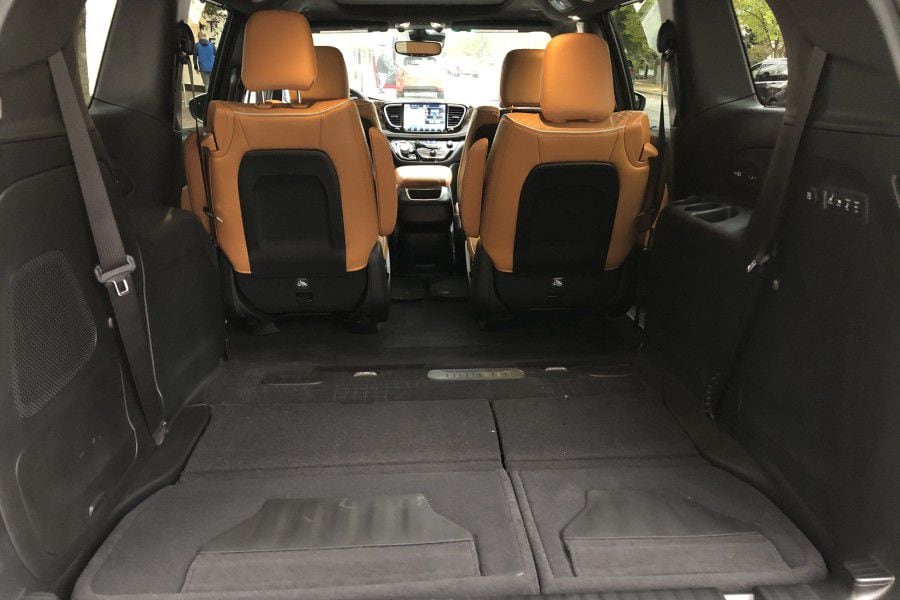
Photo by Nicole Wakelin
Benefit From Inflation
In our troubled economy, many of us are concerned about inflation. In fact, the rapid rise of fuel prices is a major factor in increasing prices overall. But you can benefit from a different type of inflation — inflating your tires to the proper pressure. Studies indicate that a high percentage of cars on the road have one or more under-inflated tires. That's wasting money because under-inflated tires give the car more “rolling resistance”on the road, resulting in poorer fuel economy. Not only that, but under-inflated tires also wear out more quickly and could adversely affect your car’s ability to handle well, especially in unideal situations. Since it typically costs you nothing at all to fill your tires to the proper inflation pressure, it’s a no-brainer to do it today and at least once a month going forward.

Photo by Michelin Media
Breathe Clean Air
As an individual, we are certain you value the ability to breathe clean, pure air. It is good for your lungs and good for your general health. And that’s true for your vehicle as well. A critical way to make certain your car has clean air to breathe is to ensure your car’s air filter is clean and free-flowing. This is especially important in older vehicles that use a carburetor versus a more modern vehicle with fuel injection, but even fuel-injected vehicles run better and more efficiently with a clean air filter. Once the air filter is clogged with dirt and grit, it makes sense to replace it with a new filter. Happily, air filters aren’t very expensive are easy to replace yourself.
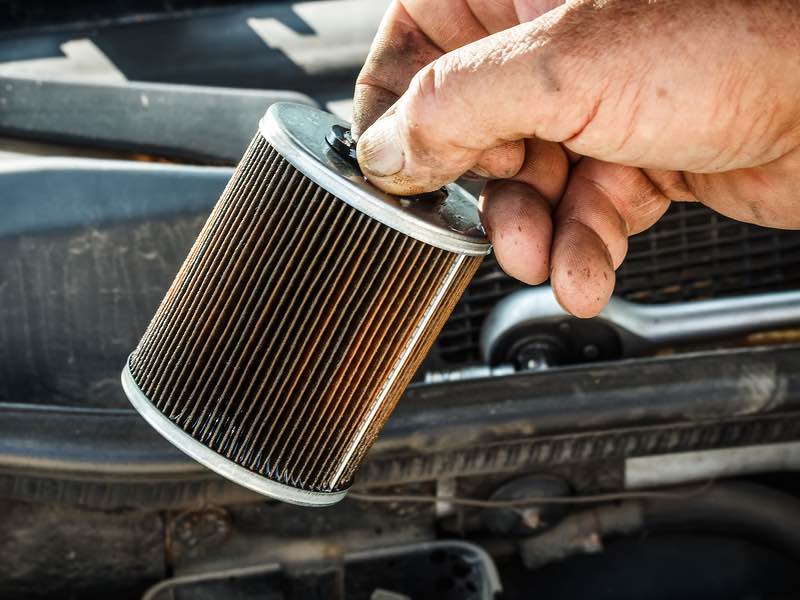
Get and Stay Regular
Vehicles that are well-maintained run better, use less fuel, and last longer. To make sure your vehicle falls into this desirable category, make certain that it is getting the regular maintenance recommended by the vehicle manufacturer. Information on maintenance is in the vehicle’s owner’s manual, available online, and very often provided by the car itself in the driver’s information display on the dashboard. One of the most important maintenance items are oil and oil filter changes. When you do these, consider using synthetic or synthetic-blend oils that provide excellent lubrication while not incurring friction losses of an oil whose viscosity is too high. If a “check engine” light glows on your dash, don’t ignore it. The warning could indicate the beginning of a major problem. And if the problem is in the exhaust emissions system, it could immediately cost you fuel. In-vehicle tire pressure monitors will also inform you if a tire is low. Fix these issues promptly.
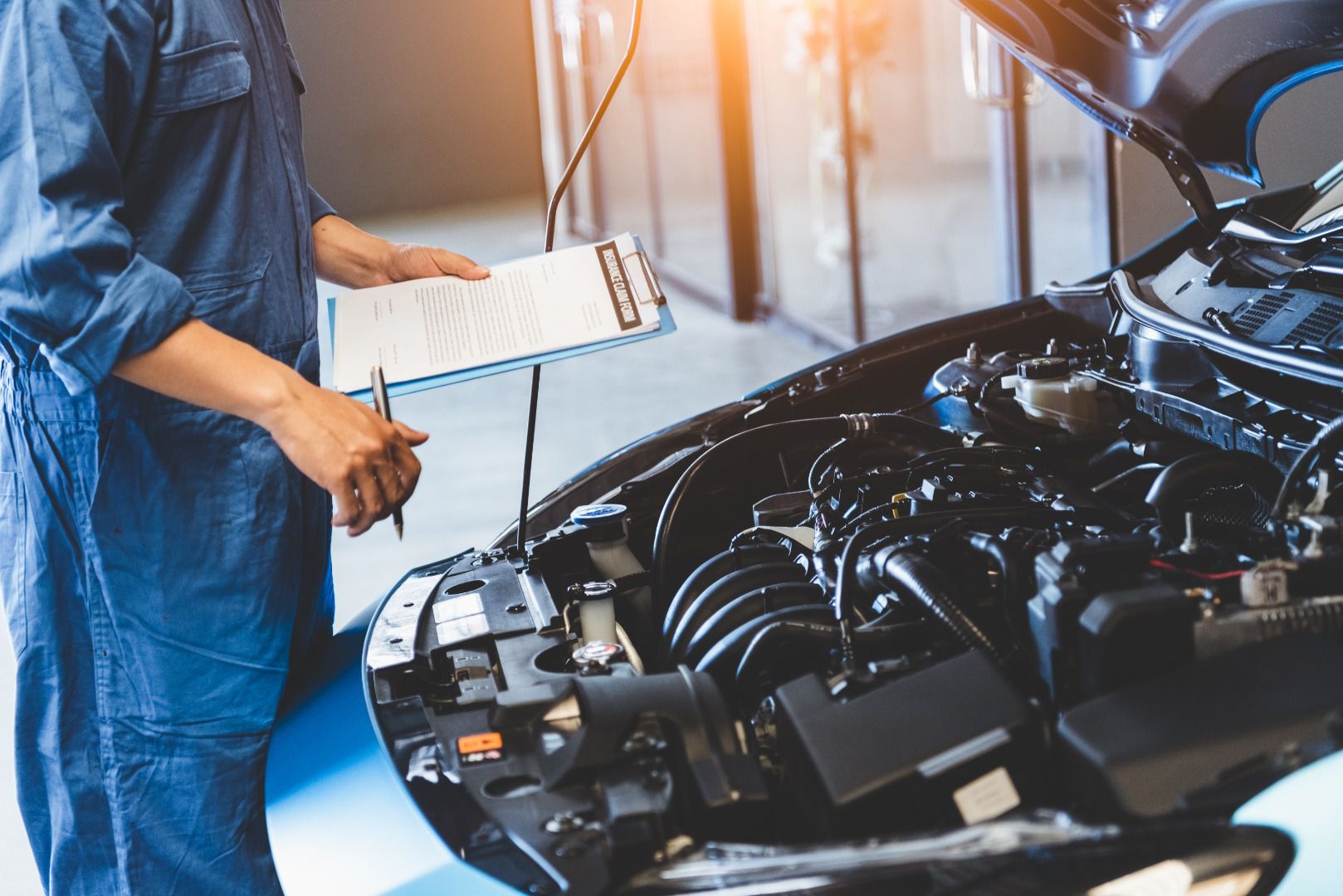
Improve Your Driving Habits
Regular maintenance to your car, bringing tires to the proper inflation level, and giving your car clean air to breathe are important steps to improving your car’s fuel economy. But maximizing your fuel economy gains typically depends on how well you maximize your driving habits. While mechanical fixes might increase fuel economy by one to two percent, improving your fuel-savings techniques can have a much bigger benefit. When you are behind the wheel, concentrate on making smooth inputs. Be easy on the accelerator and brake as if there is an egg between your foot and the pedals. Avoid “jack rabbit” acceleration from a stop and over-acceleration when passing another car. Experts say that over-exuberant acceleration and hard braking can decrease fuel economy by as much as 30 percent when on the highway. And around town, the penalty is even worse — perhaps as high as 40 percent.
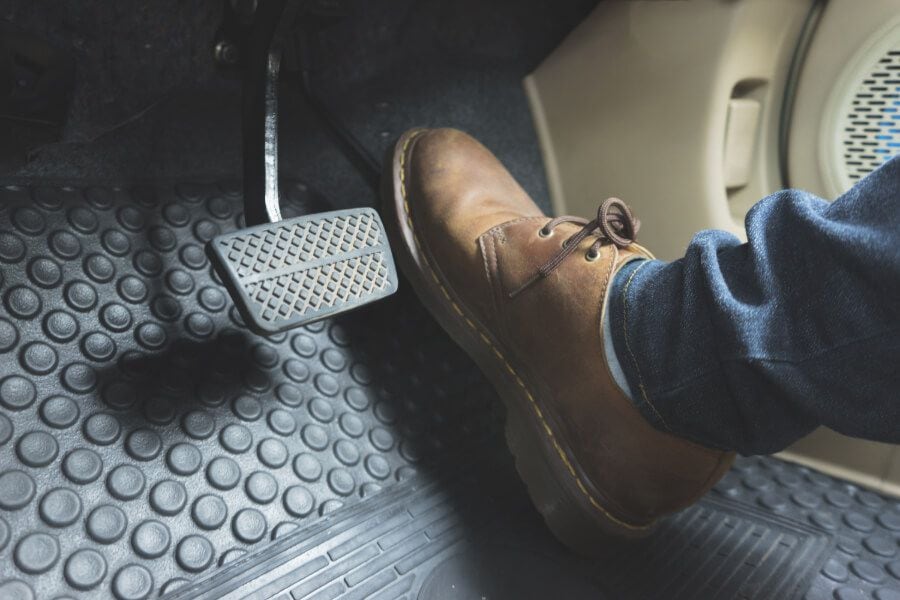
Get Off of Speed
You have undoubtedly heard the old saying “speed kills.” Well, here’s another good tip for you. Speed also costs money. For most modern cars, fuel efficiency is highest when you're traveling at a steady speed in your car's highest gear. Often that is in the 50-65-mph range. When you travel faster than that, the vehicle’s fuel efficiency declines. Some say that reducing highway speed by 10 miles per hour can increase your car’s fuel economy by up to 15 percent. On a long trip, ask yourself it it really makes a difference if you arrive five or 10 minutes earlier. Because if it doesn’t — and it probably doesn’t — you can save yourself some money.
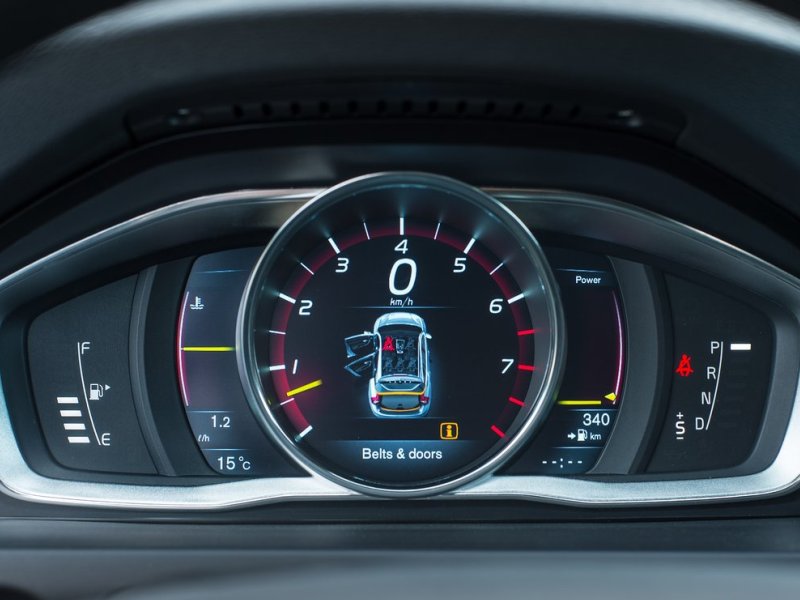
Maintain Equilibrium
While speed kills fuel economy, another fuel-economy killer is fluctuations in speed and heavy use of the brakes. To avoid these fluctuations it is often valuable to use cruise control, which automatically maintains your vehicle speed. Even better is the newer, higher-tech adaptive cruise control that not only maintains a steady speed up and down grades and on the flat but also maintains the interval between your car and the car ahead. If the car ahead of you in your lane slows, adaptive cruise control will slow your car commensurately and even bring it to a complete stop if necessary. Some adaptive cruise control systems will also accelerate the car from a stop when safe without driver input. Not only will this semi-autonomous operation save you fuel, it will also soothe your nerves.

Photo by Prisca Lo Surdo
Use Your Head
It is tempting to jump into your car and run an errand without even thinking about it. And often when you’re back home, you suddenly realize that while you were out, you also could've completed another errand or two without much trouble or extra driving. So now that gasoline is more expensive than ever, be a bit more strategic about when and where you go. If you can combine several errands in a single trip, do so. And investigate if home delivery might replace some of those errands altogether. To the extent you can, avoid driving during rush hours because stop-and-go traffic is deadly to fuel efficiency. If your employer allows work-at-home or “flex” working hours, take advantage of that when you can. If you telecommute, you don’t burn any gas at all. If you travel frequently on toll roads and bridges, consider using a “fast pass” to avoid slowdowns and stop-and-go at toll booths.
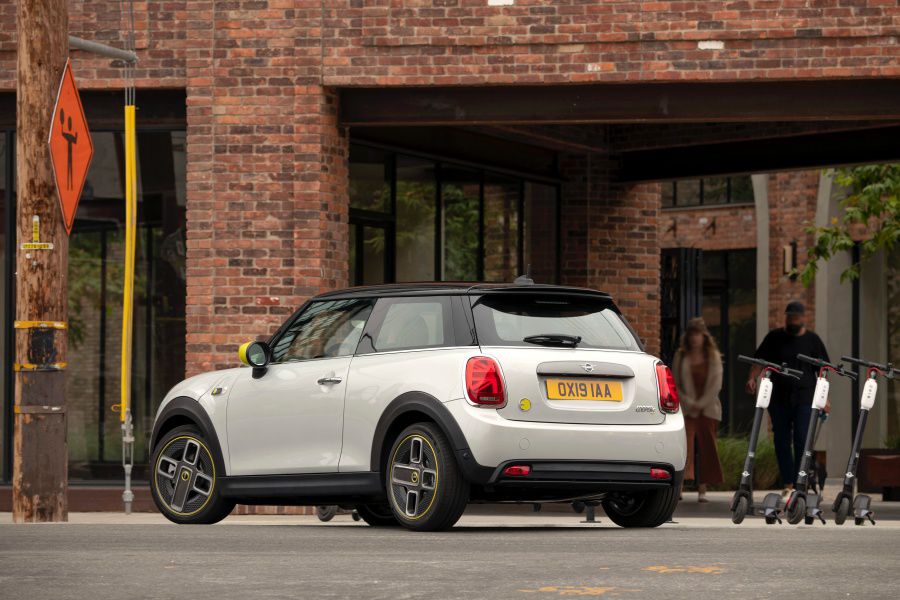
Photo by MINI
Idle Time Is the Devil’s Playground
While it might be overstating things a bit to bring the devil into it, idling is something you should strive to avoid. When you are sitting at a stoplight with your motor running, it is burning fuel and emitting carbon dioxide and traces of pollutants even though you aren’t moving at all. The time idling is one big reason why city miles-per-gallon estimates are typically lower than highway figures. The good news is that a high percentage of new vehicles are equipped with stop-start technology that shuts down the engine when the vehicle is stopped and restarts it when you take your foot off the brake to accelerate. On this same note, letting your car idle for long periods to “warm up” is another fuel economy killer. The typical modern car needs just a few seconds to reach engine temperature appropriate for driving. Drive conservatively during the first few minutes of operation and all will be well without wasting fuel.
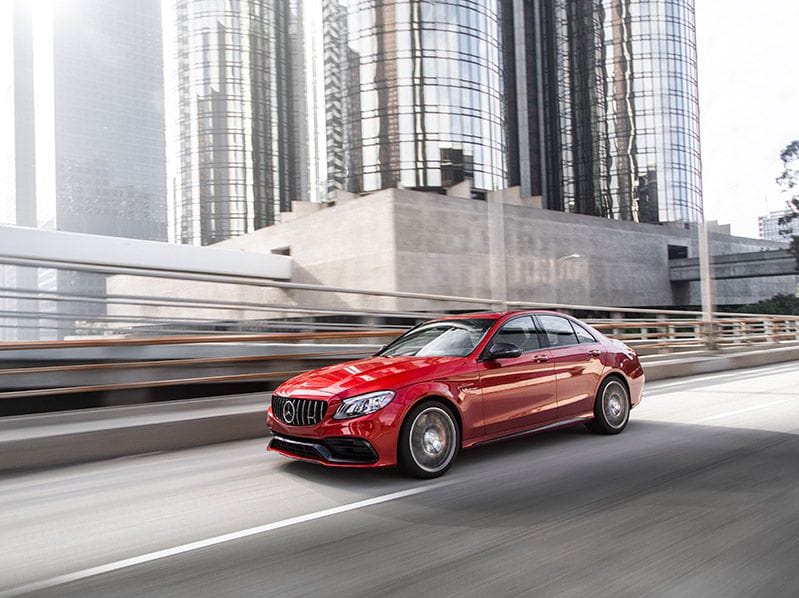
Photo by Mercedes-AMG
Little Things Mean a Lot
Finally, there are several seemingly inconsequential things you can do that will add up to much better fuel economy for your current car. For instance, don’t use a rooftop luggage carrier unless you have to, and by all means, don’t keep such a luggage carrier atop your car all the time. Use air conditioning sparingly. You can benefit from the cooling airflow of your vehicle’s movement by opening the vents and the windows. To that same end, park in the shade and crack open the sunroof to avoid heat build-up within the car while it is parked. Sure, today’s gasoline prices are vexing, but the good news is by following these tips, you can save yourself some money.
